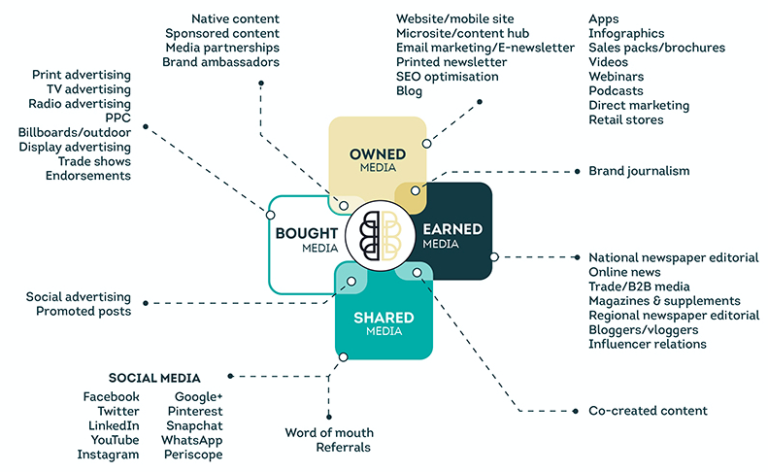What is content marketing?
The term ‘content marketing’ started being used by industry experts in the early 2000’s, but its roots can actually be traced as far back as 1732 when one of America’s Founding Fathers, Benjamin Franklin, started publishing regular content to promote his printing business.
Fast-forward to 2017 and the term is being thrown around nearly as much as ‘content is king’ and although we’ve read that more times than we care to remember, the truth is that the statement couldn’t be more accurate.
If you’re looking for an official definition of content marketing, here’s how the Content Marketing Institute (CMI) describes it:
“Content marketing is a strategic marketing approach focused on creating and distributing valuable, relevant, and consistent content to attract and retain a clearly defined audience — and, ultimately, to drive profitable customer action.”
It’s all about moving away from traditional marketing methods and a relentless focus on ‘selling’ your products or services, to actually providing information that people find interesting, valuable or entertaining. We call it storytelling with purpose.
Convergence and our BOSE model
The clear boundaries that once separated the worlds of PR and marketing have blurred, and the silos that practitioners have operated in for so many years are slowly beginning to fade away.
This convergence is great news for agencies like ourselves that offer integrated services – it’s actually one of the main reasons we created No Brainer in the first place – and we work with all of our clients to ensure that they’re leveraging the power of the full marketing mix, including everything from PR to Facebook advertising, or blogs to white papers that can drive inbound sales or interest in organisations.
As an industry, PR and marketing is littered with buzzwords and nonsense phrases, so it’s no wonder that so many businesses are confused about how to integrate the concept of content marketing into their already full communications plan. The truth is, it needn’t take up too much time or resource if it’s done properly. It’s also proven that effective content marketing generates as many as three times the leads that outbound marketing creates and costs 62% less (CMI: 2017), so if you haven’t thought about it already, it really is worth taking a look!
Why should my brand add content marketing to our to-do list?
The chances are you already have great stories to tell, you just might not realise it. The efforts you’re already making on your website, at events or trade shows, on social media, or through advertising or PR could be put to much better use – and be much more cost effective – if they were all working together.
Optimising your marketing into informing, entertaining and even shareable content is simply another way to tell your brand’s story or view on something. Consumers receive thousands of different marketing messages every day and if you want to cut through the noise, you need to be providing something that really taps into their interests. It might be an infographic made using some new industry stats or research you’ve gathered or just pointing your audience to read a special interview with your CEO, it’s all content marketing.
Here are some of the other things that great content marketing can help you do:
- Establish a stronger brand identity
- Build trust amongst both existing and prospective customers
- Establish people within your business as industry thought leaders
- Increase traffic to your website and boost lead generation
- Move people down the sales funnel and demonstrate clear ROI.
How to get started with content marketing
Starting on a content marketing journey can seem like a daunting prospect but the first building block is a solid content strategy. This allows you to assign responsibility to individuals and plan content according to the interests of your audience, define key messages, work out seasonality and identify trends in your sector. There are some great templates available on the internet to get you started if you’re not sure on the best format or structure, such as this one here from Moz.
In the next two parts of this content marketing trilogy we’ll be explaining how to use tools and tactics to get the most from your strategy or content marketing agency as well as explore how to analyse your efforts. We’ll also be including some ideas on the different types of creative content you can use, and how to ensure a balance of social shares and links back to your site.
We’re always happy to chat through ideas and answer questions, so if this article has left you wanting more and you can’t wait for part two, please feel free to get in touch with us using the form below.









